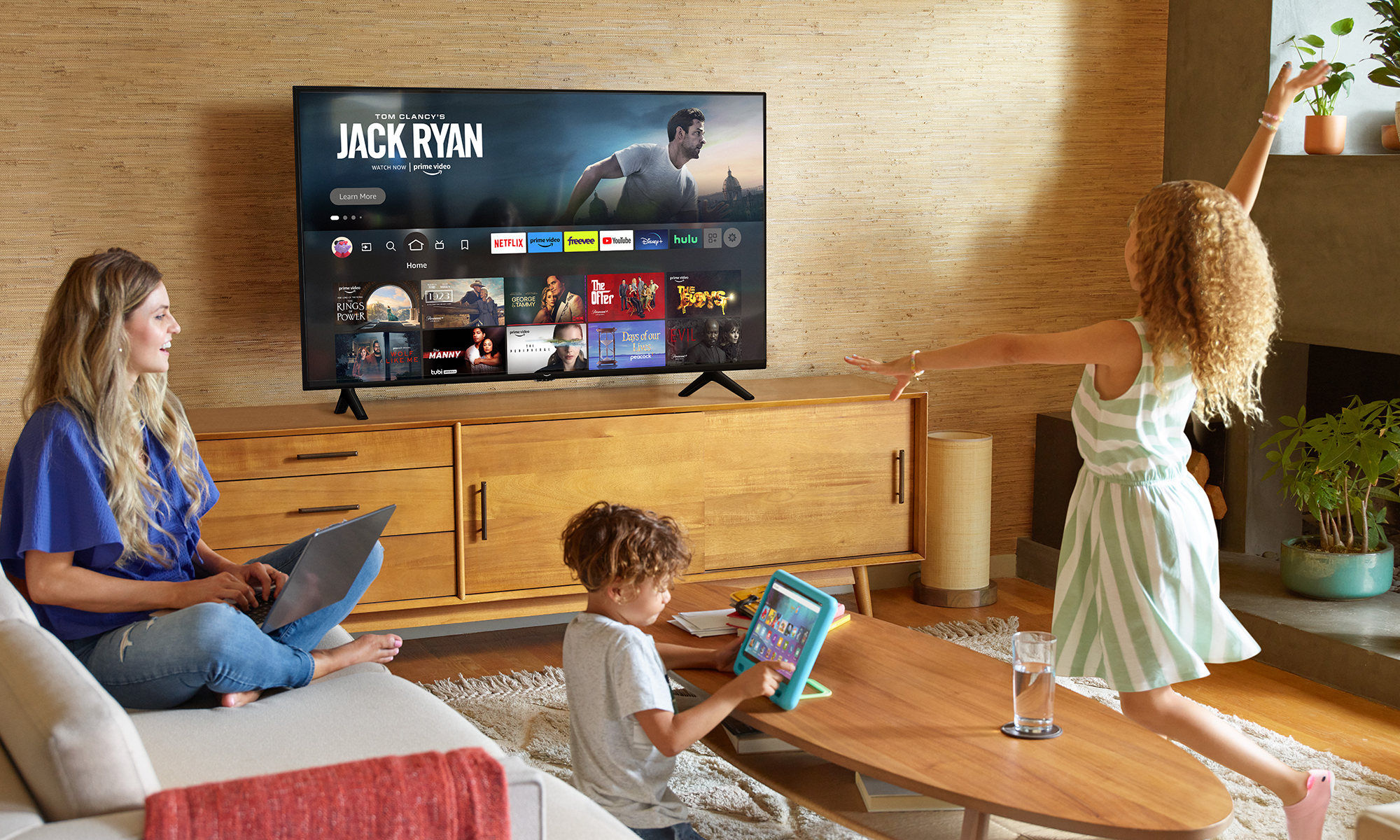As the old saying goes, "beauty is in the eye of the beholder." The same can be said for investing, where value is perceived differently by each and every investor.
Traditionally, the price-to-earnings (P/E) ratio is viewed as one of the best measures of value. By examining a company's share price relative to the amount of earnings per share (EPS) it brought in over the trailing-12-month period, investors can quickly decide whether or not a stock is a good value, relative to the broader market and/or its peers.
Investors can also take this one step further by looking into the future with the forward P/E ratio. Since the stock market is always forward-looking, investors have the option of comparing a company's current share price to Wall Street's consensus EPS in the upcoming year.
As a general rule, companies that have P/E ratios or forward P/E ratios that are well above the market average are considered expensive. But this doesn't always prove true. The following "expensive" stocks all have forward P/E ratios that are substantially higher than that of the benchmark S&P 500, which stood at 19.1 as of Dec. 3, 2019. Yet, a deeper dive shows these pricey stocks are actually a lot cheaper than you realize.

Image source: Getty Images.
Amazon
For as long as I can remember, Amazon.com's (AMZN +1.63%) valuation has defied gravity. As an e-commerce and cloud-servicing giant that's always put reinvestment and growth opportunities above profitability, it's perhaps no surprise that Amazon is valued at a lofty 65 times next year's EPS, according to Wall Street's consensus. Amazingly, though, this looks to be a pretty inexpensive valuation.
Despite its size, Amazon continues to grow at an extraordinary pace, driven by both its e-commerce consumer loyalty via Prime and its rapidly expanding cloud-service operations known as Amazon Web Services (AWS). Although most folks know Amazon as the one-stop shop for anything e-commerce, it's really AWS that's the company's future.
You see, e-commerce is a highly competitive and low-margin field, whereas cloud servicing offers much juicier margin potential. Throughout the first nine months of 2019, Amazon generated "just" $4.06 billion in operating income on $168 billion in predominantly e-commerce net sales. Comparatively, it racked up $6.61 billion in operating income from only $25.1 billion in AWS sales. What's more, AWS sales have grown 38% through the first nine months of 2019 when compared to the prior-year period, meaning growth in AWS is handily outpacing its lower-margin e-commerce segment.
If this growth doesn't convince you, then take a gander at Wall Street's growth and cash flow expectations for Amazon. According to Amazon's price-to-earnings-growth ratio (PEG ratio) of 1.2, it's far closer to undervalued than overvalued. Typically, any figure below 1 would be considered a value stock. Meanwhile, Wall Street is forecasting a near-tripling in annual cash flow per share between 2018 and 2022 to $173.60 from $61.45.
Suffice it to say, Amazon is nowhere near as pricey as it's made out to be.

Image source: Proto Labs.
Proto Labs
With so many investors getting burned by the 3D-printing space, I can imagine their tolerance of high valuations for any of these companies is slim to none. That might just be what's keeping Proto Labs (PRLB +0.26%) and its forward P/E ratio of 32 off the radar of most investors. But dig a bit deeper and you'll find that there's actually plenty to like -- even from a valuation perspective.
One of the biggest problems with the 3D-printing space is that companies like 3D Systems and Stratasys had to pour a lot of money into the research and development of new 3D-printing devices, as well as acquisitions, and then were hammered by having to sit on inventory when the market for 3D printers failed to match lofty expectations.
But Proto Labs is different. Rather than developing 3D printers, it utilizes an assortment of prototyping equipment, which includes 3D printers as well as traditional molding and machining equipment, to act as sort of a FedEx Office for businesses. Not having to sit on inventory, and leaning on the high margins associated with providing a unique service, Proto Labs can turn around plastic and metal prototypes in as little as 24 hours, rather than its customers having to wait weeks for a prototype. This has played a big role in the company nearly tripling the number of unique product developers it assisted between 2013 and 2018.
Despite near-term uncertainties tied to the U.S.-China trade war, Wall Street is looking for long-term growth to pick back up into the double digits. This is a big reason Proto Labs' PEG ratio is a reasonably low 1.4, and it suggests that there could be plenty of additional upside to come with this innovative digital manufacturing company.

Image source: Getty Images.
Social media giant Twitter (TWTR +0.00%) is another deceptively valued business. Twitter has clearly lacked the user growth trajectory of rival Facebook, and that's made its forward P/E of 33 an eyesore that most value investors would care to avoid. But there's more to this story than meets the eye.
In spite of a rough third quarter that saw Twitter fail to meet Wall Street's sales or profit projections, the company's most important metric is trending in the right direction. In the third quarter, monetizable daily active usage (mDAU) on the platform grew 17% from the prior-year period to 145 million users. Even with its recent challenges, this was the strongest mDAU year-on-year growth over the past two years. With Twitter continuing to focus its efforts on streamlining timelines and notifications, and placing an ongoing emphasis on video, this should translate into more ad impressions and double-digit top-line growth.
As my colleague David Jagielski recently pointed out, Twitter's third-quarter report was also marred by a short-term issue with the company's Mobile Application Promotion product. Essentially, it impacted Twitter's ability to target ads and share data with its partners. With this problem now fixed, and mDAU figures clearly rising at a strong clip, Twitter should quickly rebound from its outlier third quarter.
On a valuation basis, Twitter's PEG ratio of 0.9 is the lowest among these three "expensive" stocks. In short, investors shouldn't discard Twitter from their value screens just because of its seemingly high forward P/E.







